Is the great graphics card shortage finally ending?
GPU prices are returning to normal, but we're not there yet.
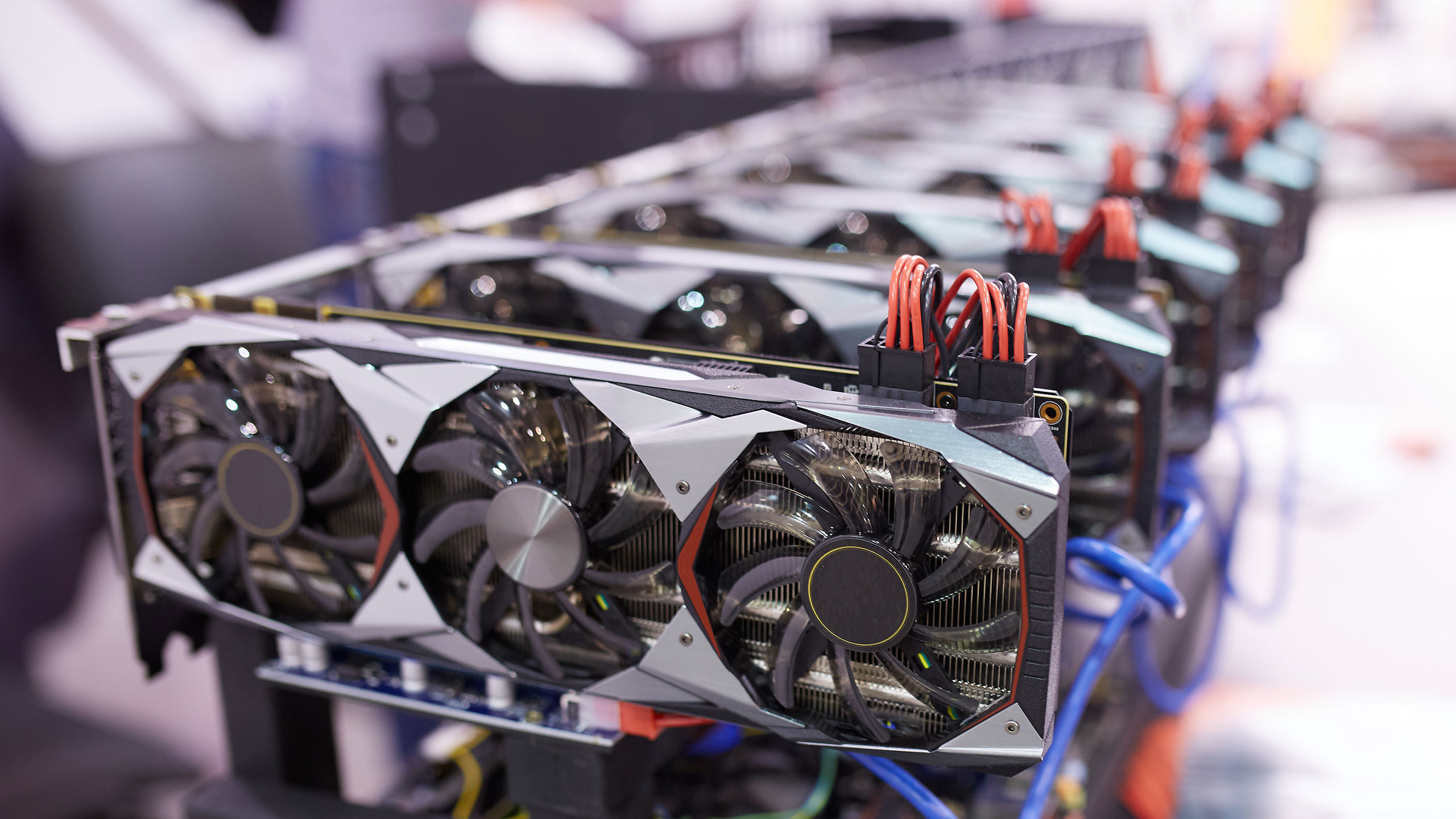
In early January, we advised that it was a terrible time to buy a graphics card—not that you could actually do so at most retail outlets, but even when you could find one of the best graphics cards, prices were double or even more the original launch prices. The short summary is that cryptocurrencies had a massive spike in valuation in the latter half of 2017, profits from mining shot up, and everything from the lowly RX 560 and GTX 1050 through the extreme performance GTX 1080 Ti and RX Vega 64 was sold out.
We have felt the pain of the graphics card shortages for the past three months, but thankfully that pain is finally coming to an end. Over the past week, we've seen stock of Founders Edition GPUs at Nvidia.com come and go a few times, selling at the official MSRP. Custom cards are also showing up, with factory overclocked models going for a small price premium over the stock models. We've seen the EVGA GTX 1070 Ti FTW for $510 (and it's still currently available), and the RX 580 4GB for $250 (sold out now).
So is now the right time to buy a graphics card? The answer is a resounding… maybe. First, you need to be in the market for a new GPU, which means you're either building a new PC or upgrading. If you're in the latter camp, make sure you're upgrading out of a need, or at least a strong desire. As I've shown in our performance analysis articles, even the latest games are playable on pretty modest graphics cards—and while you might miss out on some eye candy playing at low quality, medium quality and above all look good in the majority of games. 30fps might not be as buttery smooth as 60fps or higher, but it's still playable.
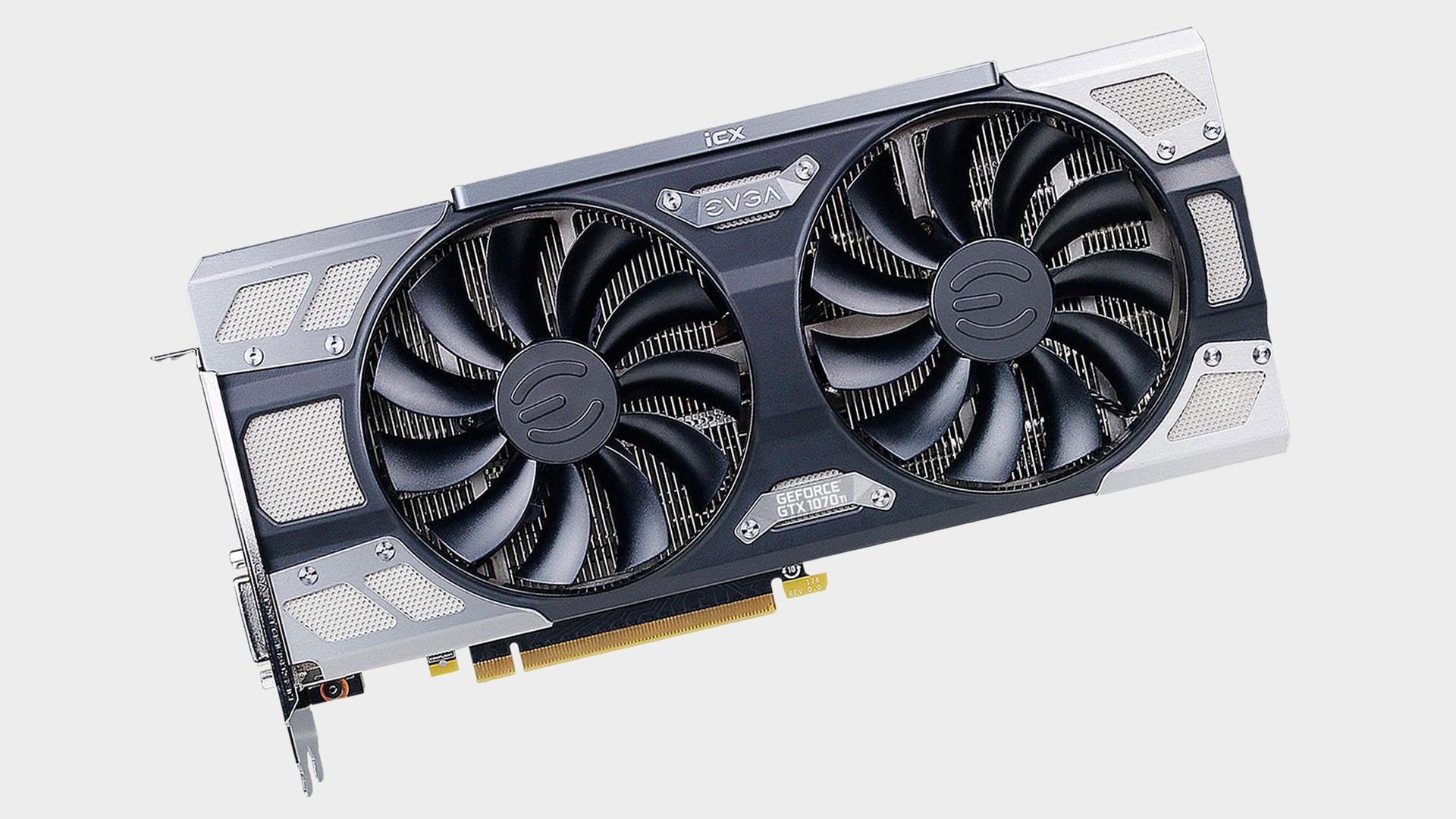
Why wait? Because newer parts are just around the corner. All indications are that Nvidia will launch it's next-gen graphics architecture (whether it ends up being called Volta, Ampere, or Turing) before the end of the year. The Pascal architecture that powers all the 10-series GPUs is now two years old, and historically each new architecture improves performance by 30-50 percent. Best guess right now is that the new GPUs show up around August, perhaps July at the earliest, or October at the latest. If you have a card that already works well enough for your needs, holding out for the next generation to arrive is always sound advice.
If you're building a new PC, our advice changes. A new PC without a graphics card isn't a gaming PC, or at least not a very potent one, and when you're ready to build a rig you should probably just get started. AMD's second generation Ryzen CPUs just launched, along with X470 motherboards, and Intel just finished filling out its lineup of Coffee Lake processors and 300-series chipsets. We expect additional new CPUs later in the year, perhaps even an 8-core Coffee Lake, and Z390 motherboards might show up in June.
However, the CPU race has become fierce, and for gaming you likely won't see a massive difference in performance between a Core i5-8400, Ryzen 5 2600X, Ryzen 7 2700X, Core i7-8700K, or whatever future 8-core parts come out of Intel. That's especially true if you're playing games at 1440p and/or using a graphics card at the GTX 1070 level or lower. That covers most people, so go ahead and build a new PC and don't worry too much.
If you're ready to buy a new graphics card, it helps to know whether or not it's a good deal. To help, I've created the following list, with links to the current best prices I can find (in the US), along with the original MSRP. While it would be awesome to pay less money, at this point I'm happy with anything close to MSRP. I'll run through the various GPUs from Nvidia and AMD, in order from lowest to highest performance. I've included a target price range, and in most cases I would wait until you can find a card at the lower end of that range.
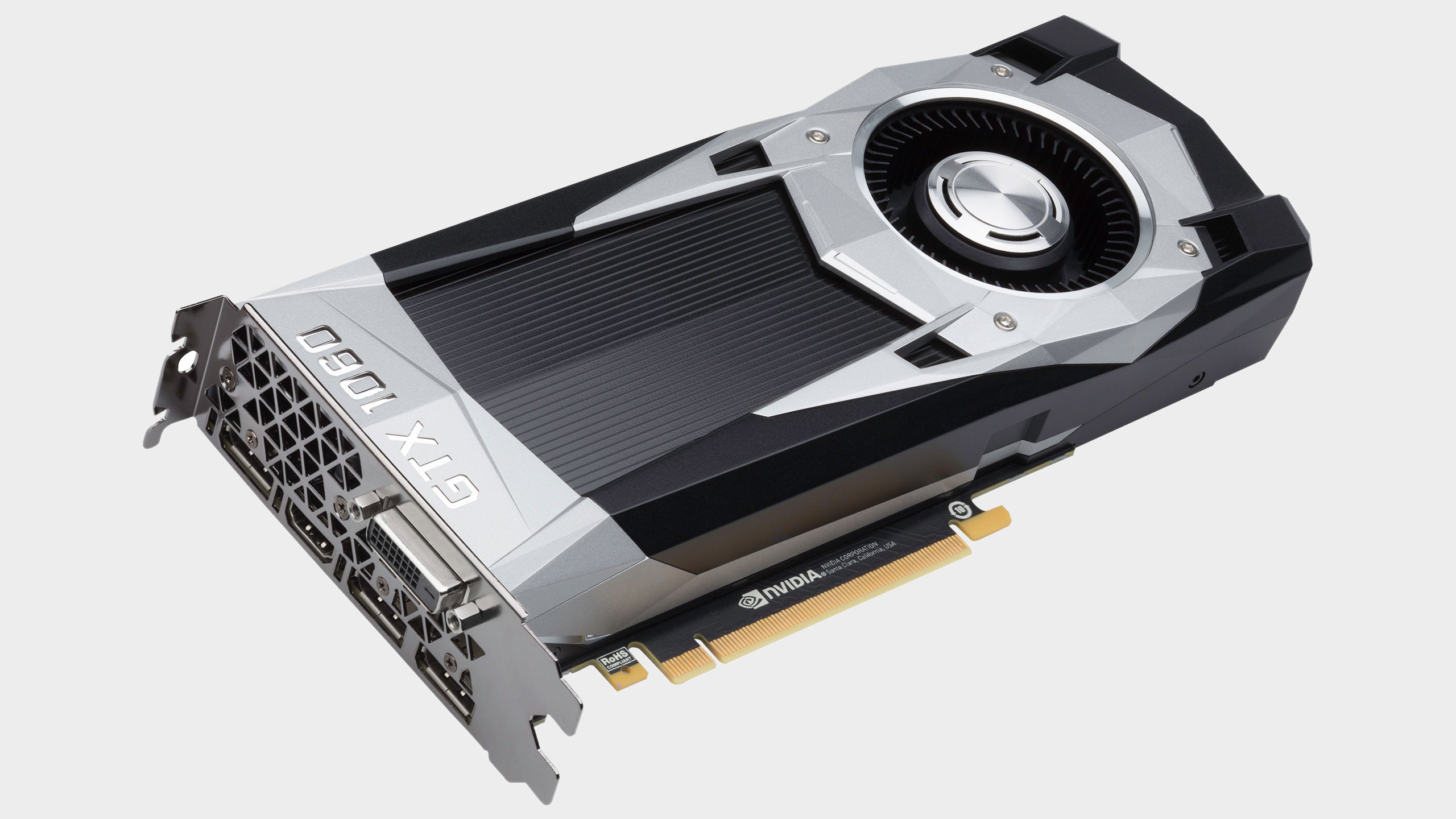
Nvidia graphics cards
- GTX 1050 2GB: July 2016 MSRP $110, currently $140-$175
- GTX 1050 Ti 4GB: original MSRP $140, currently $190-$225
- GTX 1060 3GB: July 2016 MSRP $200, currently $250-$275
- GTX 1060 6GB: July 2016 MSRP $249 ($299 Founders Edition), currently $290-$325
- GTX 1070 8GB: June 2016 MSRP $379 ($449 Founders Edition), currently $489-$530
- GTX 1070 Ti 8GB: November 2017 MSRP $449, currently $510-$575
- GTX 1080 8GB: May 2016 MSRP $599 ($699 Founders Edition), revised Feb. 2017 to $499/$549, currently $600-$650
- GTX 1080 Ti 11GB: February 2017 MSRP $699, currently $946-$1000
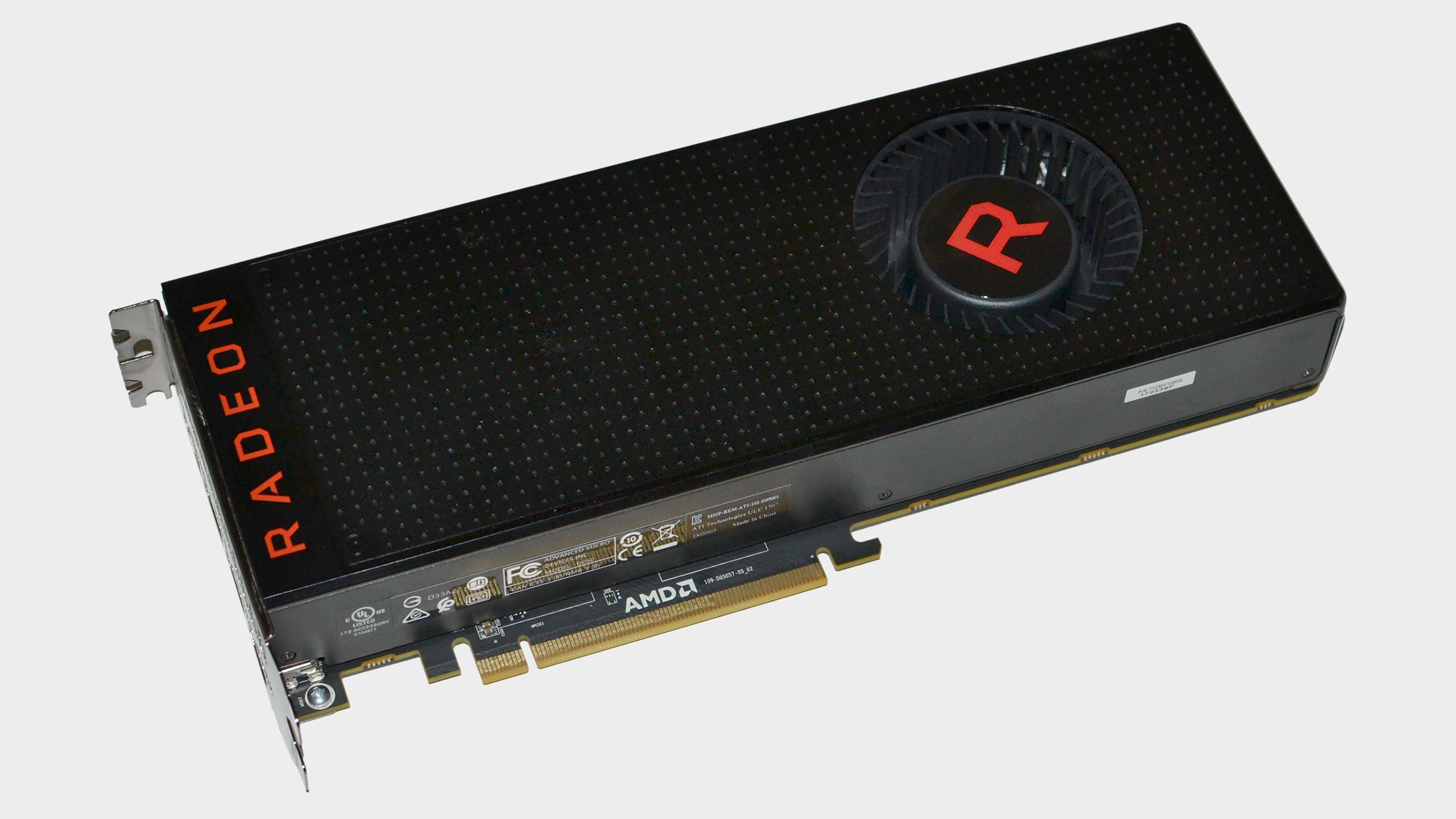
AMD graphics cards
- RX 560 2GB: May 2017 MSRP $99, currently $115-$140
- RX 560 4GB: May 2017 MSRP $109, currently $150-$175
- RX 570 4GB: April 2017 MSRP $169, currently $260-$300
- RX 570 8GB: April 2017 MSRP $199, currently $305-$350
- RX 580 4GB: April 2017 MSRP $199, currently $300-$350
- RX 580 8GB: April 2017 MSRP $229, currently $327-$375
- RX Vega 56 8GB: August 2017 MSRP $399, currently $630-$750
- RX Vega 64 8GB: August 2017 MSRP $499, currently $900-$1000
Looking at the whole performance spectrum, the GTX 1070 Ti represents the best overall value. Midrange cards are the ones people will most likely be interested in—not everyone can justify spending more than $500 on a graphics card—but while the GTX 1060 is cheaper, it's selling for roughly 25 percent more than its original MSRP. The 1070 Ti is more expensive, but the least expensive cards are only 13 percent more than the launch price. The GTX 1070 is priced at just $489 right now, which is only 9 percent more than the original Founders Edition launch price, but it's really 29 percent more than the base MSRP for the custom cards.
AMD's RX 570 and 580 remain at a pricing disadvantage still, with the 570 4GB selling for 54 percent more than the official launch price (which was very short lived). The RX 570 8GB and RX 580 4GB are likewise priced about 50 percent more than at launch, and the RX 580 8GB is slightly better at a 43 percent crypto-inflated price. If you're a fan of AMD GPUs, unfortunately, I recommend sitting out any purchases for the time being, as they remain severely overpriced.
The high-end GTX 1080 and 1080 Ti, and the Vega 56 and 64, are also cards that I'd pass on buying right now. We're due to see something faster in the next several months, so spending $600 or more today isn't a bargain at all. The GTX 1080 is back to its original launch price at least, but Nvidia dropped the price $100 when it released the 1080 Ti, so it's 20 percent more than MSRP. The 1080 Ti on the other hand remains harder to find at reasonable prices, going for 35 percent (or more) than it did at launch.
The same goes for the two Vega cards, with the Vega 56 priced nearly 60 percent above the 'official' price (not that we ever really saw Vega 56 at the $399 price point). And last but not least, Vega 64 wins dubious distinction of being the worst value with an 80 percent markup over the nominal $499 MSRP. Even if we go with the higher launch prices of $499 and $599 'packs' for the Vega cards, the two models are selling for 30-50 percent above MSRP.
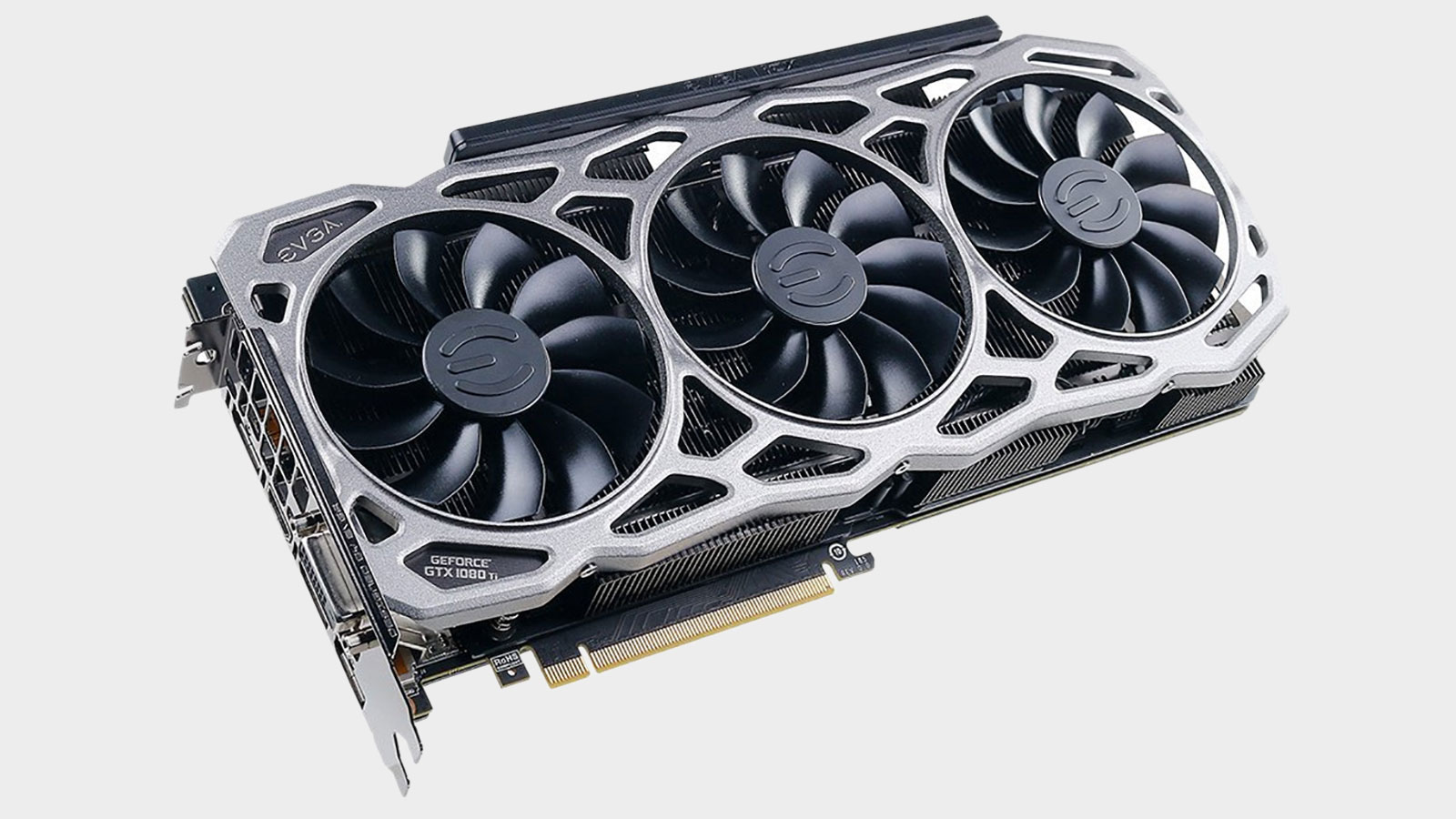
Should you buy a GPU right now?
Unfortunately, prices on most graphics cards are still inflated. Normally, with GPUs that are more than a year old (which most of these are), we would see prices well below the original MSRP. GTX 970 for example launched at $329, and 18 months later we'd routinely see them selling for around $260. Long-term, I can't imagine the demand for GPUs will hold up, and the self-adjusting difficulty of cryptocurrency mining has, at least for the time being, reduced demand from that sector. That doesn't mean mining won't impact GPU prices again in the future, but predicting when or if that will happen is difficult.
There are rumors that Nvidia's new architecture will launch at prices higher than ever for the halo parts, so the future GTX 2080 could end up costing $900 or some other obscene amount. I'm skeptical of that happening, however, and certainly don't think most gamers would spend that much. Outside of 4k gaming, which isn't even necessary, the GTX 1070 and 1070 Ti already handle the latest games. More likely is that we'll soon see GTX 2080 deliver GTX 1080 Ti performance at a price closer to $500—or the GTX 2070 will be the $500 1080 Ti equivalent, and the GTX 2080 will be 25 percent faster and cost 50 percent more.
AMD meanwhile has been very quiet as far as graphics are concerned. I don't think it's too harsh to say that Vega was a disappointment, with generally lower performance than Nvidia's existing 1070/1080, higher power requirements, and higher prices. Navi might finally ditch GCN for an improved architecture that can catch Nvidia, but I don't expect to see Navi graphics cards until 2019. If you don't want to buy an Nvidia GPU, the only thing to do right now is to wait for the Radeon RX prices to drop back to normal.
The good news is that prices are now at least in a somewhat reasonable range, and if the current trend continues, we should see cards selling at MSRP within the next month. If you've been struggling to justify upgrading to a faster GPU since Christmas, these are the best prices we've seen since early January. Hopefully May will be even better.
The biggest gaming news, reviews and hardware deals
Keep up to date with the most important stories and the best deals, as picked by the PC Gamer team.
Jarred's love of computers dates back to the dark ages when his dad brought home a DOS 2.3 PC and he left his C-64 behind. He eventually built his first custom PC in 1990 with a 286 12MHz, only to discover it was already woefully outdated when Wing Commander was released a few months later. He holds a BS in Computer Science from Brigham Young University and has been working as a tech journalist since 2004, writing for AnandTech, Maximum PC, and PC Gamer. From the first S3 Virge '3D decelerators' to today's GPUs, Jarred keeps up with all the latest graphics trends and is the one to ask about game performance.


